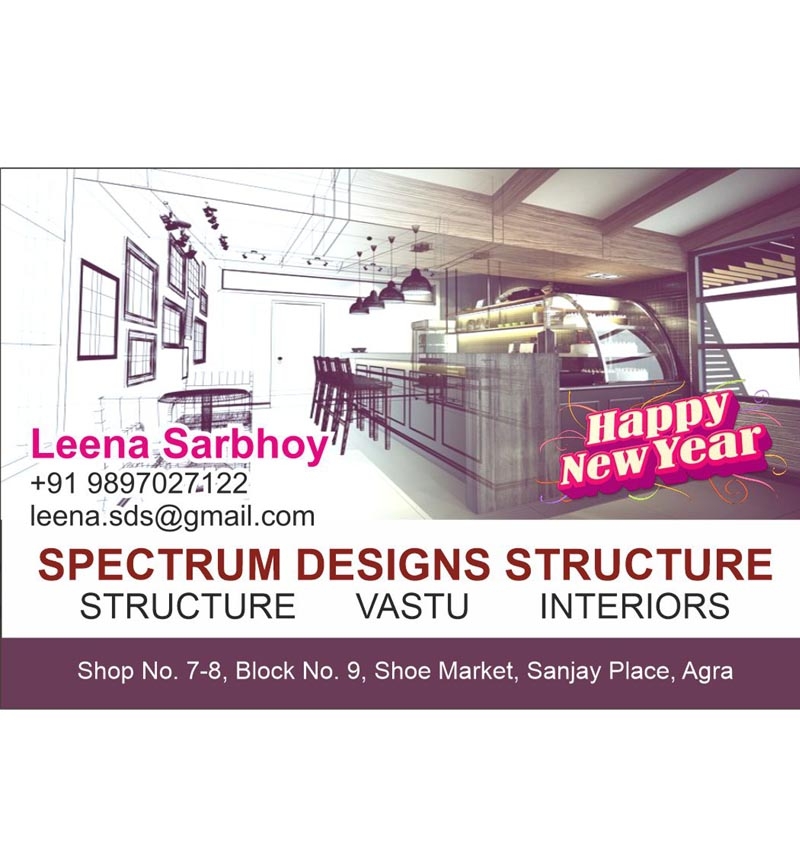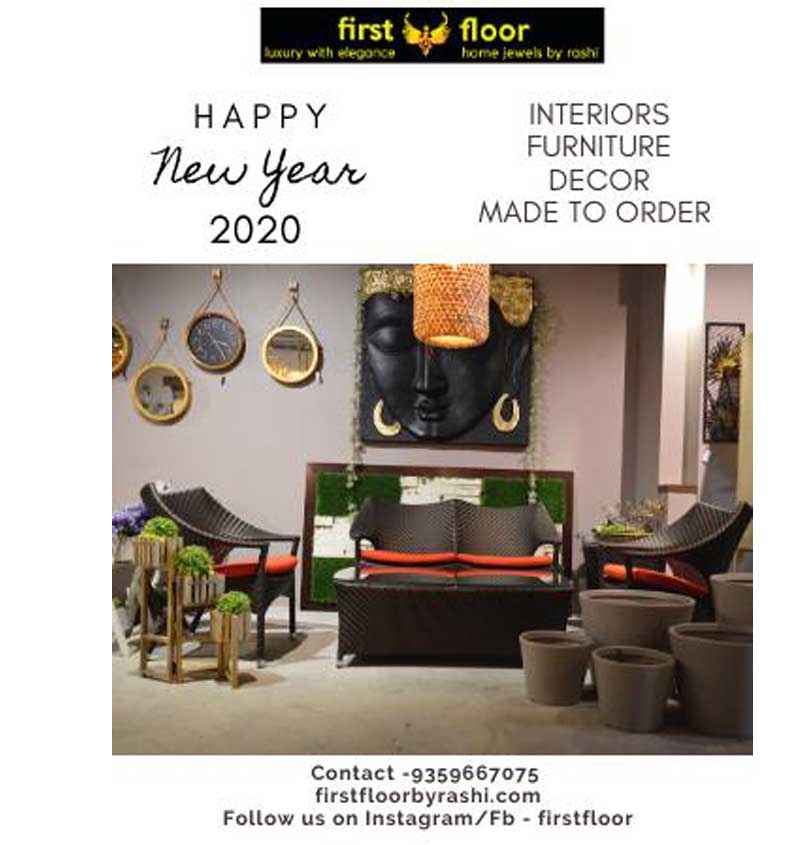The Benefits of CAD in Interior Design
-
Precision and Accuracy: One of the greatest advantages of using CAD in interior design is the level of precision it provides. Unlike traditional hand-drawing techniques, CAD software allows designers to create accurate floor plans and spatial layouts with exact measurements. This accuracy is essential for designing spaces that meet functional requirements, such as fitting furniture and appliances correctly or ensuring that space flows seamlessly.
-
Time Efficiency: CAD has significantly reduced the time required to produce design drafts and revisions. In the past, interior designers would spend hours drawing and redrawing floor plans by hand, making adjustments as needed. With CAD, modifications can be made instantly and in real-time, drastically cutting down the time spent on revisions. This allows designers to focus more on the creative aspects of the design rather than administrative tasks.
-
3D Visualization and Rendering: One of the most game-changing aspects of CAD in interior design is its ability to create detailed 3D renderings of a space. With advanced CAD software, designers can generate photorealistic images that allow clients to virtually walk through a space before any physical work begins. These 3D visualizations provide a clearer understanding of how design elements—such as lighting, furniture, color schemes, and materials—will come together, helping clients make more informed decisions.
-
Customization and Flexibility: CAD allows for easy customization and flexibility in design. Designers can experiment with different layouts, furniture arrangements, and color palettes without the need to create physical prototypes. Additionally, changes to the design can be made quickly and without starting from scratch. This flexibility helps interior designers better adapt to client preferences, making the design process more collaborative and dynamic.
-
Collaboration and Communication: CAD makes it easy for interior designers to collaborate with other professionals, such as architects, contractors, and engineers. Designers can share detailed digital files that include floor plans, lighting schematics, and material specifications, ensuring that everyone involved in the project is on the same page. These files can also be easily modified and updated, ensuring that any changes are communicated instantly.
-
Cost Control and Budgeting: CAD software is also a valuable tool for managing project budgets. By providing designers with precise measurements and material specifications, CAD allows them to create accurate cost estimates. With CAD, designers can also experiment with different materials and finishes to find cost-effective solutions without compromising the quality of the design. This can help prevent cost overruns and ensure that the project stays within budget.
Popular CAD Software for Interior Design
Several CAD tools are widely used by interior designers, each offering unique features to cater to different aspects of the design process. Some of the most popular software in the industry include:
-
AutoCAD: One of the most recognized names in CAD software, AutoCAD is used extensively in interior design for creating 2D floor plans, 3D models, and detailed construction drawings. It offers powerful tools for precision drafting and is known for its versatility and widespread use in the architecture and design industries.
-
SketchUp: SketchUp is a user-friendly 3D modeling software that is popular among interior designers for its simplicity and intuitive interface. It allows designers to quickly create and modify 3D models of interior spaces. With a large library of pre-built components (like furniture, windows, doors, etc.), SketchUp is ideal for rapid prototyping and visualizations.
-
Revit: Revit is another popular CAD tool, particularly used for Building Information Modeling (BIM). It allows interior designers to create highly detailed and accurate 3D models of a space, which can then be used for construction planning and project management. Revit’s ability to handle large-scale projects and collaborate with engineers and architects makes it a valuable tool for more complex interior design projects.
-
3ds Max: Often used in conjunction with AutoCAD, 3ds Max is a powerful 3D modeling and rendering software used to create highly realistic renderings of interior spaces. It is particularly useful for visualizing design concepts, experimenting with lighting, and showcasing photorealistic images to clients.
-
Chief Architect: Chief Architect is an interior design-focused CAD software that allows users to create detailed floor plans, 3D models, and construction documents. It’s particularly well-suited for designing residential interiors and offers easy-to-use tools for creating virtual walkthroughs and renderings.
The Future of CAD in Interior Design
As technology continues to evolve, CAD software will become even more advanced and integrated with other emerging technologies. Virtual reality (VR) and augmented reality (AR), for example, are expected to play an increasingly prominent role in interior design. These technologies could allow designers and clients to interact with 3D spaces in a more immersive and intuitive way, further enhancing the design process.
Additionally, advancements in artificial intelligence (AI) and machine learning could lead to smart CAD systems that can automatically generate design suggestions based on user preferences, material availability, and spatial requirements. This could streamline the design process even further, making it faster and more tailored to individual client needs.
Sustainability is also a growing concern in interior design, and CAD can play a key role in creating environmentally conscious designs. Designers can use CAD to experiment with eco-friendly materials, optimize space usage to reduce waste, and integrate energy-efficient features like lighting and HVAC systems.
Conclusion
The integration of CAD into interior design has revolutionized the industry, offering designers the ability to work more efficiently, creatively, and collaboratively. With its ability to streamline workflows, provide accurate measurements, create stunning 3D visualizations, and enhance communication among teams, CAD has become an indispensable tool for interior designers worldwide. As technology continues to advance, CAD will only become more powerful, further transforming the way we design and experience interior spaces.



















Your Message